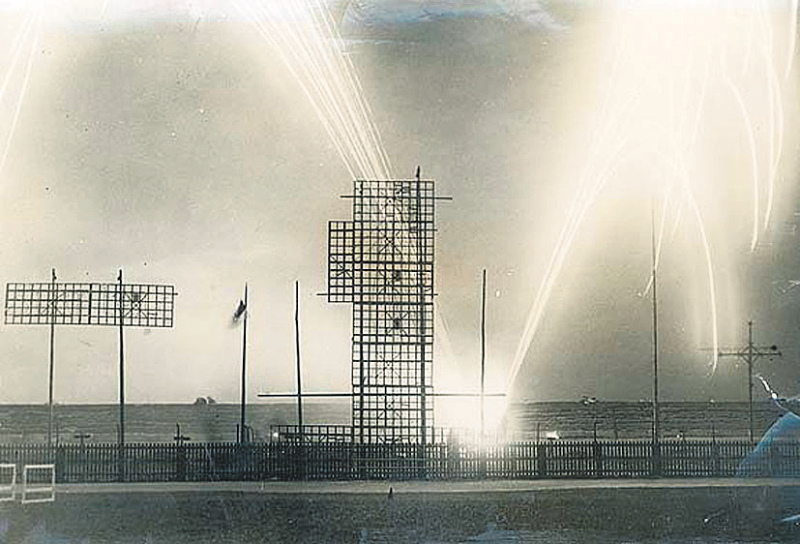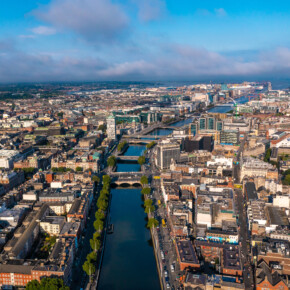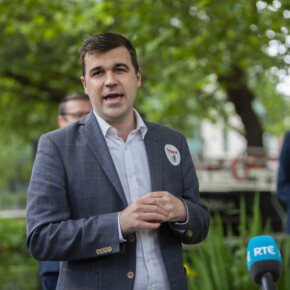History remembering the Tailteann Games
Dublin People 24 Oct 2015
LONG before the first Olympic Games were held in Greece, the ancient Irish were hosting a titanic sporting competition known as the Tailteann Games.
Widely believed to be the inspiration for the Olympics, the Tailteann Games predate the Greek event by at least 1,200 years. Legend tells us that the Tailteann Games were established by the Gaelic god, Lugh the long armed, in honour of his foster mother, the goddess Tailtiu, following her death.
The games can therefore be seen in the important tradition of funerary games to honour the dead and also served a purpose as an event for proclaiming new laws and for entertainment. Following Tailtiu’s death, Lugh had her buried on the plains of Meath, close to the Hill of Tara, the ancient seat of Gaelic power, and raised a mound over her.
The games took place close to this burial site which can still be seen today, near the modern town of Teltown, County Meath. It is interesting then, that the modern Irish name for Teltown, Tailtin, reflects this important festival.
The Irish Olympics took place in and around August and later became associated with the festival of Lúnasa, held on August 1, in honour of the god Lugh.
The event was organised to coincide with the Áenach or Tailteann fair which was a major expression of Gaelic culture and an important occasion for trading and courtship.
Side by side with the sporting competitions the fair included contests in music, dance, singing and storytelling along with craft competitions for goldsmiths, jewellers, weavers and armourers.
Another important feature of the fair was the tradition of Tailteann marriages, which allowed couples get married for one year to see if they were suited to each other, after which they could divorce by going to the ‘separation hills’ without a stain on their characters. Tailteann marriages were legal in Ireland until the 13th century.
While the ancient fair was a hub of activity, the highlight of the festival was its sporting competitions, with people travelling from all over Ireland to take part or spectate.
Records show the event included competitions in long jump, high jump, epic cross country games of hurling and Gaelic football, spear throwing, boxing, sword fighting, archery, wrestling, chariot and horse racing, swimming and rowing.
Iron Age earth works at Teltown are believed to be the games’ competition grounds and the historian John O’Donovan suggested that lakes close to the nearby fort of Rath Dhubh “have the appearances of being artificial lakes and may have been used when the Olympic Games of Tailteann were celebrated”.
The games continued until at least 1169-71, when the Anglo-Norman Invasion made expressions of Irish culture more difficult. In the 1920s the GAA staged a short-lived revival of the games, taking place in Croke Park in 1924, 1928 and 1932.
The competition was open to all participants of Irish birth and decent, with athletes travelling from England, Scotland, Wales, Canada, the USA, South Africa and Australia to take part.
The 1924 games coincided with that year’s Olympics taking place in Paris and Amsterdam. Many Olympic athletes came to Dublin to take part in the games and the American high jumper, Harold Osborne, had the honour of taking gold at both events.
Today, as Ireland continues to prove its sporting prowess on the international stage, perhaps it is time to claim our rightful place as the founders of Olympic sporting competitions, through a modern revival of the ancient Tailteann Games.











